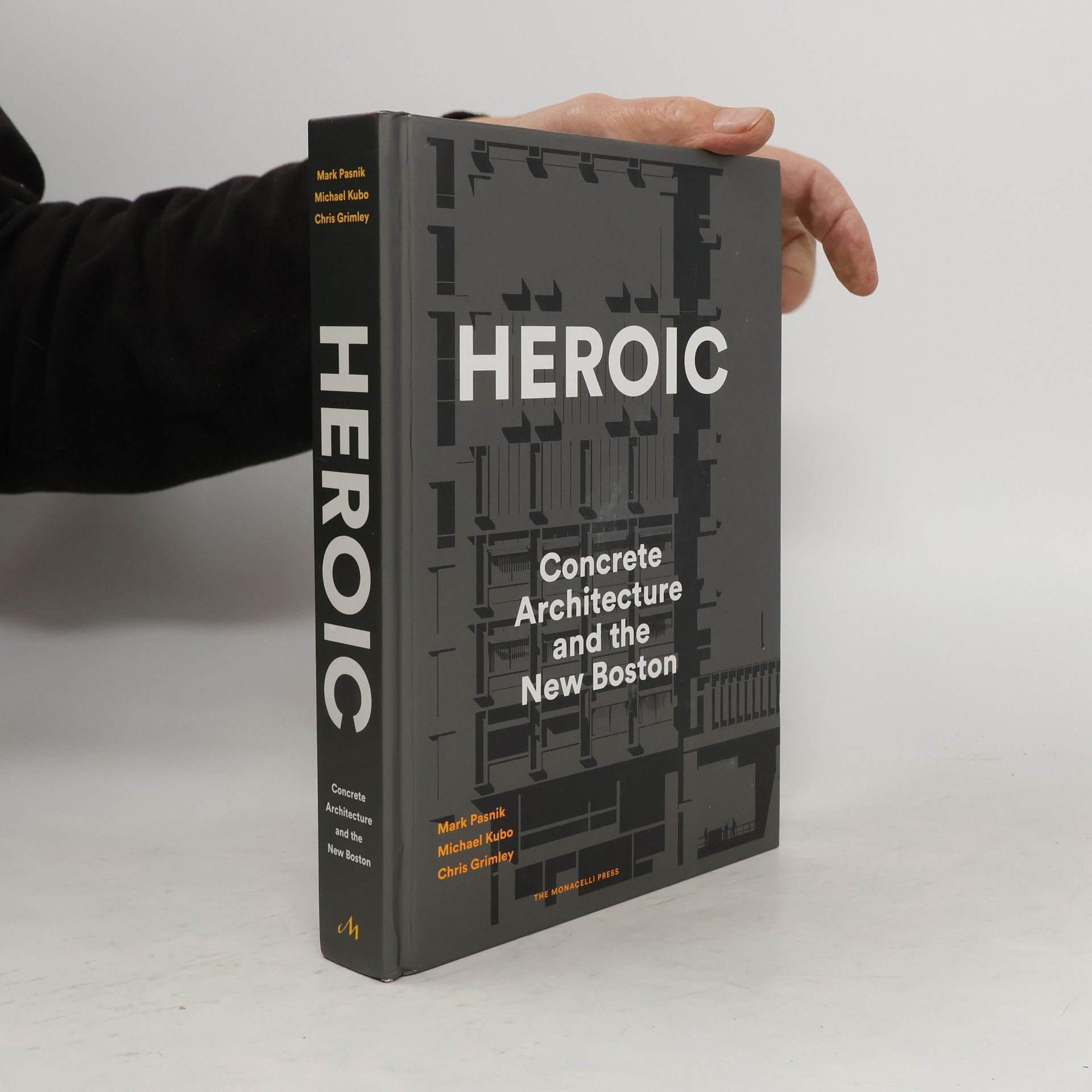Architecture needs mechanisms that allow it to become connected to culture. It achieves this by continually capturing the forces that shape society as material to work with. Architecture's materiality is therefore a composite one, made up of visible forces (structural, functional, physical) as well as invisible forces (cultural, political, temporal). Architecture progresses through new concepts that connect with these forces, manifesting itself in new aesthetic compositions and affects. Ornament is the by-product of this process, through which architectural material is organized to transmit unique affects. This book is a graphic guide to ornaments in the twentieth century. It unveils the function of ornament as the agent for specific affects, dismantling the idea that ornament is applied to buildings as a discrete or non-essential entity. Each case operates through greater or lesser depth to exploit specific synergies between the exterior and the interior, constructing an internal orde
Michael Kubo Boeken


The book explores the transformative concrete architecture of Boston in the 1960s and 1970s, often mischaracterized as "Brutalist." It highlights the progressive intentions of renowned designers such as Marcel Breuer, Le Corbusier, and I. M. Pei, showcasing their influential contributions. Through an examination of these iconic buildings, the work delves into the vision and context behind this architectural movement, revealing the complexity and significance of these structures in shaping the city's identity.